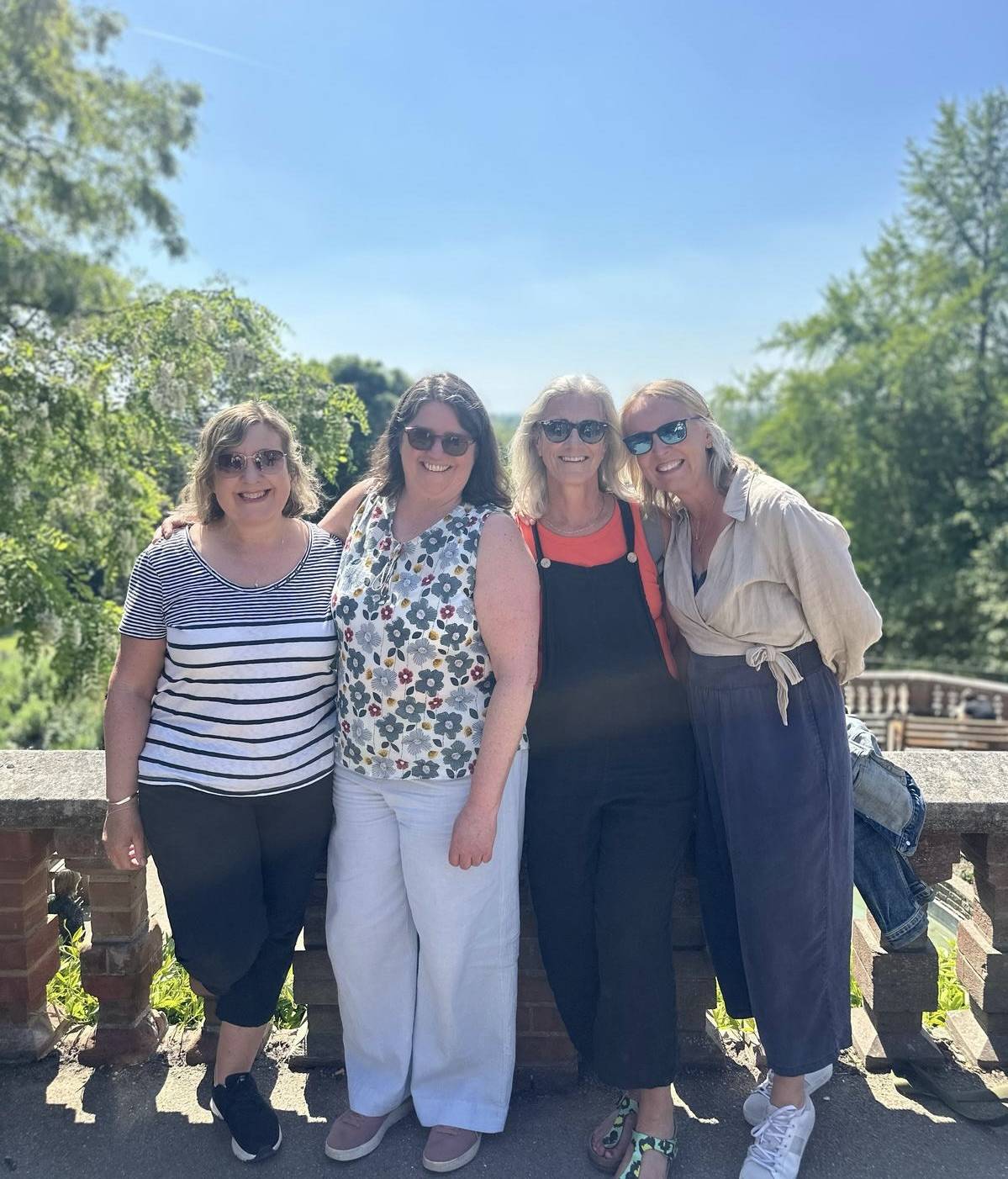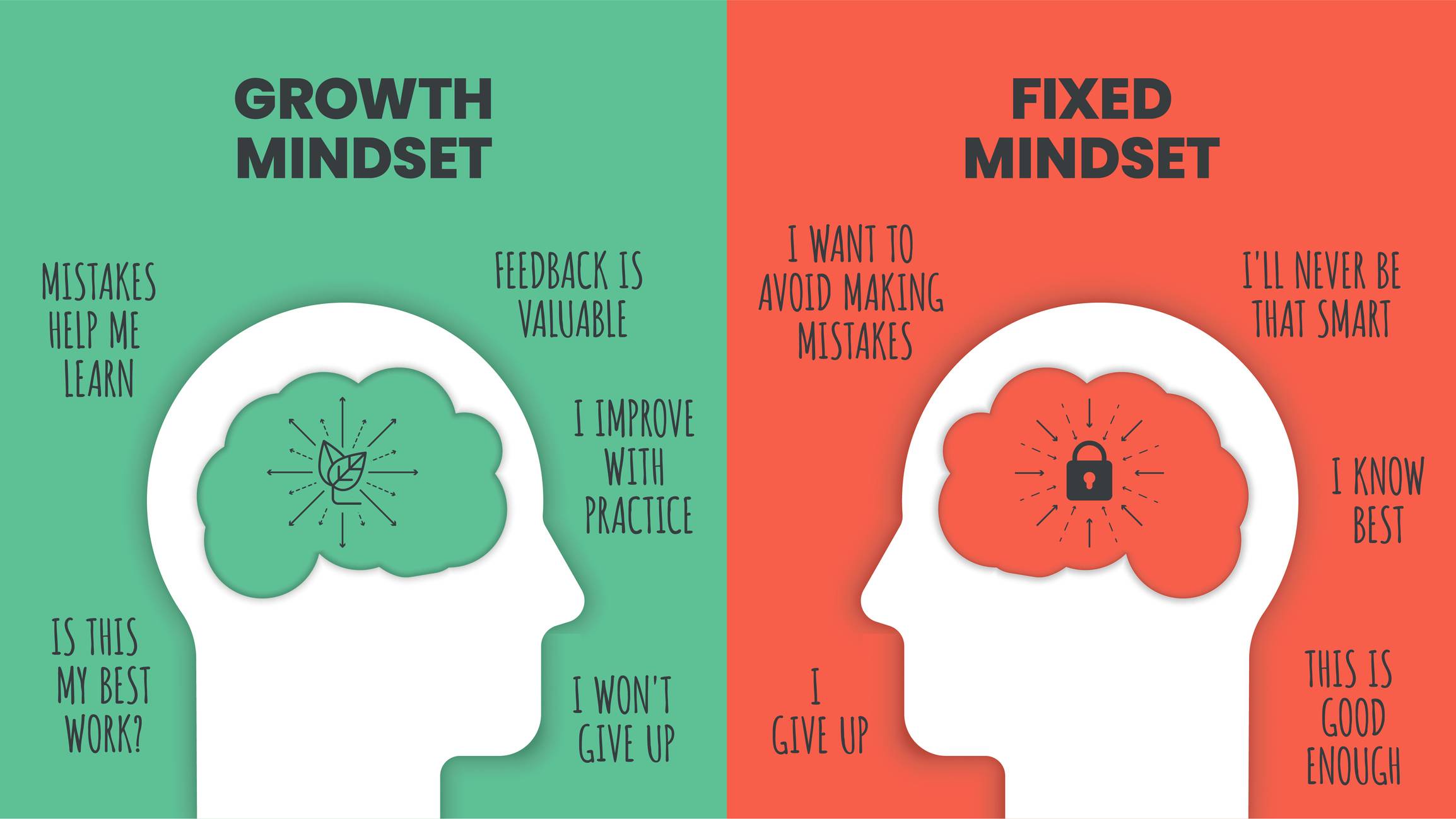The key to better career decisions could be giving yourself time to think.
In today’s fast-paced world, we often rush through conversations – jumping to solutions, offering advice, or multitasking while someone else speaks. Yet, some of the most powerful breakthroughs happen not when we add more words, but when we give others the space and quality of attention to think for themselves.
That’s the idea at the heart of Nancy Kline’s book Time to Think, which has shaped how I approach both coaching and career conversations. And it’s why career coaching can be so transformative: it carves out space for a kind of deep thinking that’s rare in the busyness of daily life.
Why thinking time matters in making better career decisions
Kline argues that “the quality of everything we do depends on the quality of the thinking we do first.” Yet most of us don’t regularly give ourselves the time or permission to think deeply about our careers. We move from one role to the next, absorbed in daily pressures and “to-do’s,” rarely stopping to ask: is this really the right path for me?
In coaching conversations, I see this again and again: when someone is given uninterrupted time to think, with full attention from another person, insights emerge that had been clouded by busyness. Suddenly, they’re able to step back, see themselves more clearly, and consider career directions that previously felt invisible.
This is more than just having a “chat.” It’s the creation of what Kline calls a Thinking Environment: conditions such as attention, ease, equality and encouragement that allow someone’s best thinking to surface.
Fast thinking, slow thinking in better career decisions
Psychologist Daniel Kahneman, in Thinking, Fast and Slow, explains how our brains operate on two systems:
- System 1 – fast, automatic, instinctive.
- System 2 – slow, deliberate, analytical.
System 1 helps us respond quickly — but it also pushes us towards the familiar, even if it no longer fits. That’s why people stay in roles that drain them, or keep climbing ladders that lean against the wrong wall.
System 2 is where deeper career insight happens. It’s slower, more reflective, and allows us to weigh values, strengths and possibilities. The problem? We rarely slow down long enough to engage it. Coaching provides that rare opportunity: to pause, think differently, and move from autopilot to intentional decision-making.
The danger of believing you only have one option
There’s a trap I often see in career conversations: the belief that there’s only one option.
- “This is the only industry I can work in.”
- “I’ve invested so much in this career, I can’t change now.”
- “I’ll never find another job that suits me.”
This kind of tunnel vision can lead to poor choices and unnecessary stress. You cling tightly to the one option in front of you, even if it’s unfulfilling, because you can’t imagine alternatives.
But most of us have far more options than we initially see. The challenge is giving ourselves the space to uncover them.
How career coaching expands your options
This is where career coaching makes a difference. Coaching provides:
- Thinking time – dedicated space to explore your career without distractions.
- New perspectives – a chance to step back from “to-do’s” and see the bigger picture of your strengths and values.
- Encouragement – a partner in your thinking who believes in your potential, even when you doubt it yourself.
Together, these create the conditions where you can move past the illusion of “only one option” and explore fresh, meaningful directions.
As Travis M. and Spencer Greenberg point out in their blog on ‘Believing you only have one option is dangerous’, brainstorming, reframing, and seeking different perspectives are proven ways to expand your options. Coaching brings all of these into play — but in a way that’s structured, supportive, and focused on your career journey.
Creating thinking environments in everyday work
You don’t need to be a coach to foster a Thinking Environment. You can try it in your workplace by:
- Listening without interruption in meetings.
- Resisting the urge to jump in with advice when a colleague shares a challenge.
- Encouraging people to explore possibilities, not just problems.
In career terms, this might mean giving yourself — or your team — the chance to step back and think about long-term goals rather than only reacting to today’s workload.
Strategies for making better career decisions
When it comes to careers, it’s easy to feel as though you only have one viable path – often the one you’re already on. But as Travis M. and Spencer Greenberg of ClearerThinking.org point out in their article “Believing You Have Only One Option Is Dangerous,” this mindset can close off possibilities and lead to decisions made from a place of fear rather than freedom.
They outline a helpful framework for expanding options. Here’s how it can be applied to making better career decisions:
Go deep: clarify your career landscape
Start by exploring what truly matters to you — your values, strengths, and preferred working environment. Then look closely at different sectors or roles that resonate. Understanding the terrain helps you see more than just the path you’re currently walking.
Go wide: generate possibilities without judgement
Give yourself permission to brainstorm freely. Write down every idea that comes to mind, even if it feels unlikely or impractical. Sometimes the less obvious options open the door to new ways of thinking about your career.
Go narrow: apply realistic filters
Once you’ve gathered a range of ideas, you can begin to sort through them. Which align best with your skills, values, and goals? Narrowing the field helps you focus on the possibilities with genuine potential.
Go up: combine and refine
Look for ways to adapt or merge ideas. Could a sideways move within your sector spark new opportunities? Could a short-term project or course test out an emerging interest? This stage is about shaping options into something practical and discovering what truly matters to you.
Talk it through
Share your thoughts with others – whether that’s a mentor, a colleague, or someone already working in an area you’re curious about. A fresh perspective often uncovers options you hadn’t considered.
Seek external prompts
If you feel stuck, outside input can be invaluable. That might be a structured tool, a conversation with a coach, or even asking an AI to suggest options. External prompts can spark ideas you wouldn’t reach on your own.
How this supports career coaching
In my coaching practice, I draw on this kind of framework to help people step back and see the bigger picture. By moving through stages of clarifying, generating, refining, and testing, clients often discover they have far more options than they first believed. That sense of possibility is often the turning point towards making career decisions with confidence.
Final thought
When you believe you have only one career option, life can feel narrow, pressured, even hopeless. But when you give yourself time and space to think, new paths begin to emerge.
That’s why career coaching is not just about job hunting or CV writing. It’s about creating the conditions where clearer, braver, and more expansive thinking becomes possible, helping you discover options and making better career decisions – ones you may never have considered.
Try out this resource to help you identify what’s important to you in your career.










